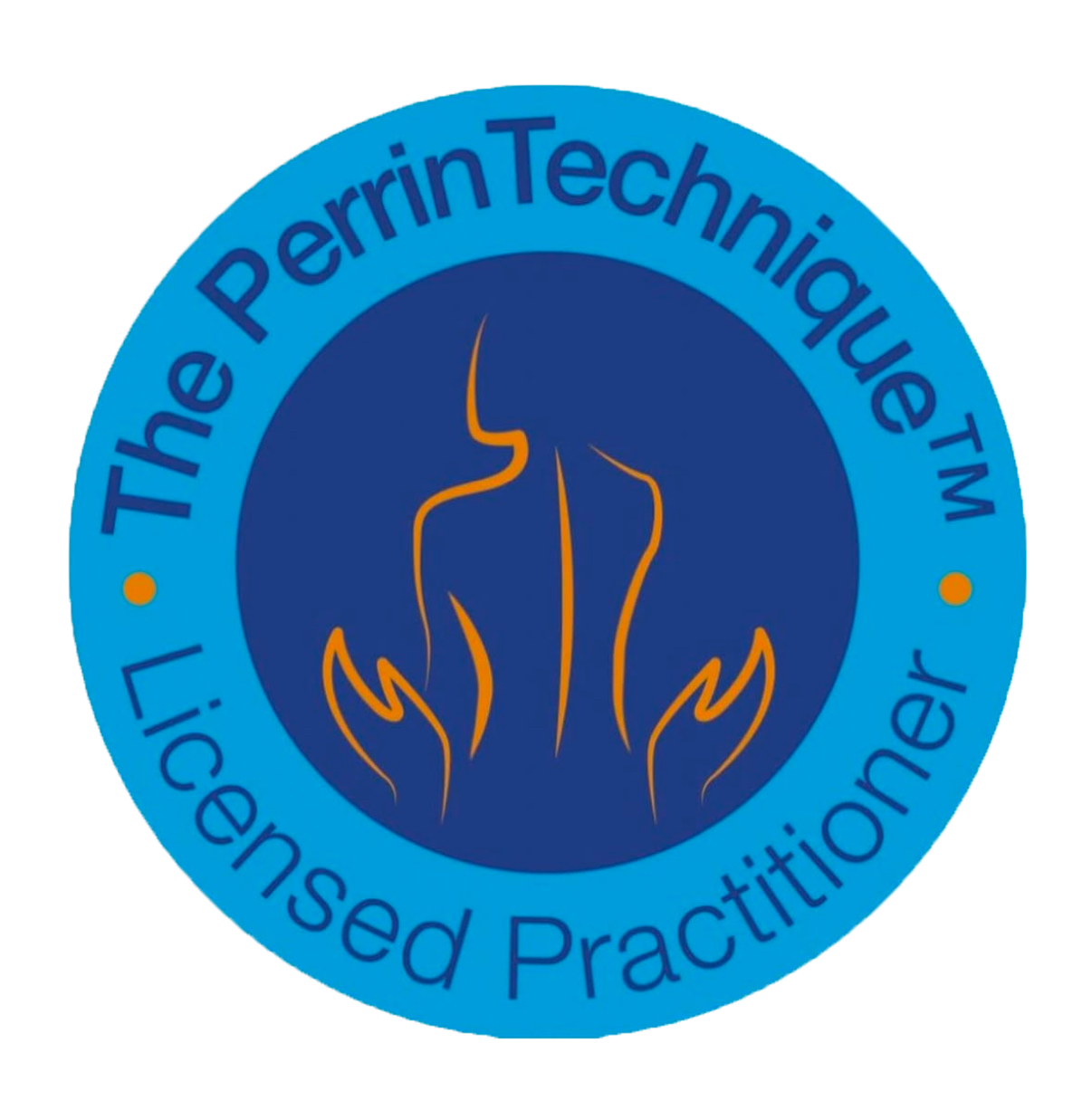What is Osteopathy?
Osteopathy was founded in the 19th century by Dr. Andrew Taylor Still an American doctor. Dr. Still had a deep understanding of anatomy and the body. In 1864 he lost 3 of his own children in an outbreak of viral meningitis, this was a turning point for him as he began to question the standard medical practices of the day.
Dr. Still spent the rest of his life developing his own skills in restoring the body to heal, and the first school of osteopathy was set up in Kirksville, Kansas in 1892.
Osteopathy isn’t defined by the techniques that we use but is instead a philosophy of how we view the person. Osteopaths understand that we are a Whole being or what Dr Still sometimes called Triune, this means we see the interconnectedness of the mind, body and spirit. Osteopaths believe that the body has powerful self-repair mechanisms meaning that it has the ability within itself to restore function and Health. Sometimes the body needs some help to reach a place where the Health is accessible again, and this is where osteopathic treatment can help.
All osteopaths use these basic principles on all of their patients. Osteopaths have a deep scientific and intimate knowledge of the body’s anatomy and physiological systems; this means that Osteopaths have learnt and continue to develop many tools that they use to aid the body’s’ return to Health.
Over the years students of Dr. Still and others have furthered his legacy so that osteopaths have continued to have a deep understanding of the Nature of the human body and its relationship with Health.
Dr. William Garner Sutherland was a student of Dr. Stills who first “discovered” the Involuntary Motion that cranial osteopaths can feel. Over the rest of his life, he devoted himself to this avenue of Osteopathy.
What Techniques do osteopaths use?
Osteopaths use varied techniques depending on the patient and their own area of expertise, some of the common techniques are:
Structural Osteopathy
This is the common description given to the techniques used by many osteopaths, and it encompasses, articulation soft tissue or massage, stretching and manipulation.
Cranial & Biodynamic Osteopathy
Some osteopaths have developed through further training their palpation (feeling/touch) skills, so that they are able to feel within the body a sense of motion or subtle shape change that occurs- we call this Motion Present or Involuntary Motion. Cranial osteopaths utilise this Motion Present to help the body restore structure and therefore return to normal function.
Osteopaths practising Biodynamic Osteopathy believe that the forces that created us are still available to us throughout our lives – they encompass the forces of growth and development but also provide us with sustaining and restorative abilities.
The osteopath is able to work with these therapeutic restorative forces or the Blueprint to aid the body to return to a place of balance (homeostasis) and Health.
What does Cranial Osteopathic Treatment Feel Like?
Treatment is very gentle, people are often pleasantly surprised how gentle the treatment is, there is no clicking or cracking of joints. Most people find the treatment very relaxing and it is not uncommon for people to fall asleep.
Most people are aware of warmth and or tingling , and if they have come in to the treatment in pain or with other acute symptoms, they are aware of an easing.
Visceral osteopathy
Viscera is the name given to the internal organs of the abdomen and chest. Visceral osteopathy aims to improve the function of these organs by reducing tension and drag. Osteopaths can assess how freely the organs and associated tissues are moving and whether they may be creating pain or discomfort locally or further away. Tension in these visceral tissues can effecct how the musculo-skeletal system around them is able to work, this can be a hidden cause of neck, chest and back pain.






